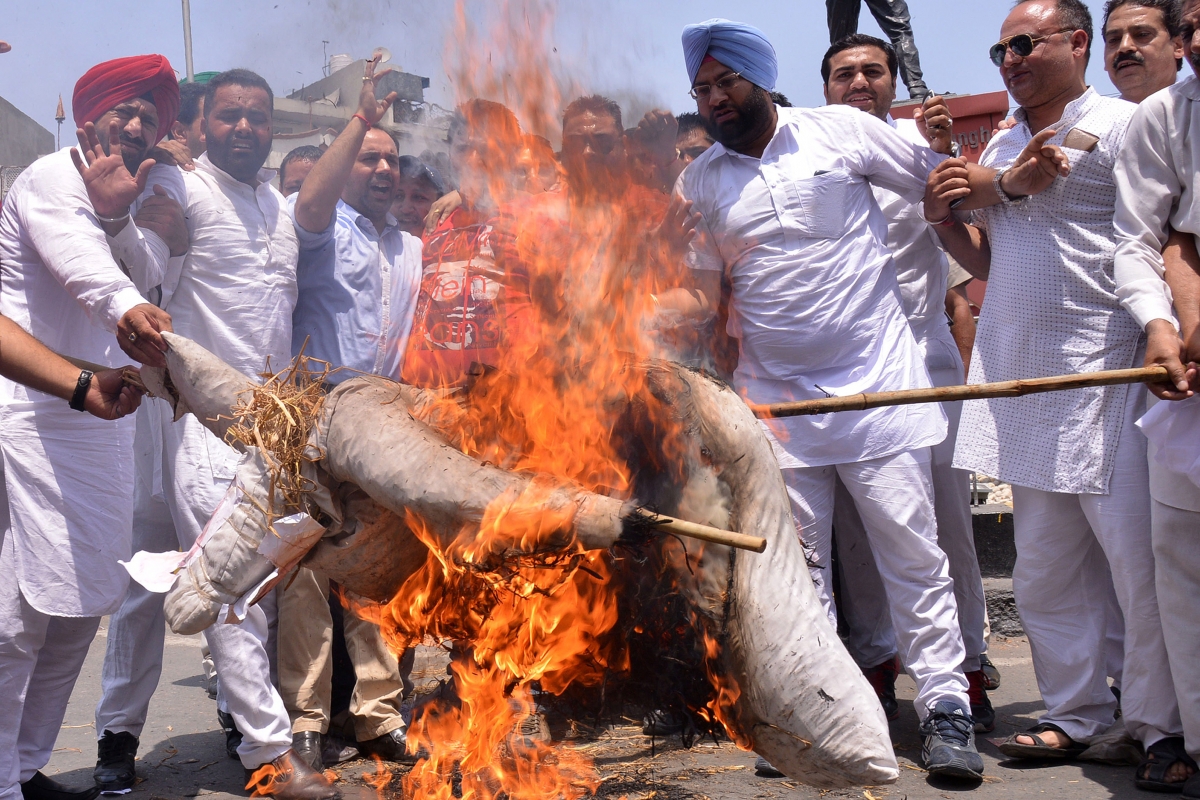

inadequate safety measures for liquefied petroleum gas and electricity.īurns occur mainly in the home and workplace. use of kerosene (paraffin) as a fuel source for non-electric domestic appliances. easy access to chemicals used for assault (such as in acid violence attacks). underlying medical conditions, including epilepsy, peripheral neuropathy, and physical and cognitive disabilities. placement of young girls in household roles such as cooking and care of small children. poverty, overcrowding and lack of proper safety measures. occupations that increase exposure to fire. There are a number of other risk factors for burns, including: Within all countries however, burn risk correlates with socioeconomic status. People living in low- and middle-income countries are at higher risk for burns than people living in high-income countries. The incidence of burn injuries requiring medical care is nearly 20 times higher in the WHO Western Pacific Region than in the WHO Region of the Americas. Boys under 5 years of age living in low- and middle-income countries of the WHO Eastern Mediterranean Region are almost 2 times as likely to die from burns as boys living in the WHO European Region. Children under 5 years of age in the WHO African Region have over 2 times the incidence of burn deaths than children under 5 years of age worldwide. There are important regional differences in burn rates. While a major risk is improper adult supervision, a considerable number of burn injuries in children result from child maltreatment. Burns are the fifth most common cause of non-fatal childhood injuries. AgeĪlong with adult women, children are particularly vulnerable to burns. Open flames used for heating and lighting also pose risks, and self-directed or interpersonal violence are also factors (although understudied). The higher risk for females is associated with open fire cooking, or inherently unsafe cookstoves, which can ignite loose clothing. 
This is in contrast to the usual injury pattern, where rates of injury for the various injury mechanisms tend to be higher in males than females. Who is at risk? Genderįemales have slightly higher rates of death from burns compared to males according to the most recent data. Indirect costs such as lost wages, prolonged care for deformities and emotional trauma, and commitment of family resources, also contribute to the socioeconomic impact. In South Africa an estimated US$ 26 million is spent annually for care of burns from kerosene (paraffin) cookstove incidents. In Norway, costs for hospital burn management in 2007 exceeded €10.5 million.
In 2008, over 410 000 burn injuries occurred in the United States of America, with approximately 40 000 requiring hospitalization.įor 2000, direct costs for care of children with burns in the United States of America exceeded US$ 211 million. Burns are the second most common injury in rural Nepal, accounting for 5% of disabilities. 
In Bangladesh, Colombia, Egypt and Pakistan, 17% of children with burns have a temporary disability and 18% have a permanent disability.Nearly 173 000 Bangladeshi children are moderately or severely burnt every year.In India, over 1 000 000 people are moderately or severely burnt every year.In 2004, nearly 11 million people worldwide were burned severely enough to require medical attention.Burns are among the leading causes of disability-adjusted life-years (DALYs) lost in low- and middle-income countries.Non-fatal burns are a leading cause of morbidity, including prolonged hospitalization, disfigurement and disability, often with resulting stigma and rejection. In many high-income countries, burn death rates have been decreasing, and the rate of child deaths from burns is currently over 7 times higher in low- and middle-income countries than in high-income countries. The majority of these occur in low- and middle-income countries and almost two thirds occur in the WHO African and South-East Asia regions.
Indian burn skin#
Thermal (heat) burns occur when some or all of the cells in the skin or other tissues are destroyed by:īurns are a global public health problem, accounting for an estimated 180 000 deaths annually. A burn is an injury to the skin or other organic tissue primarily caused by heat or due to radiation, radioactivity, electricity, friction or contact with chemicals.







 0 kommentar(er)
0 kommentar(er)
